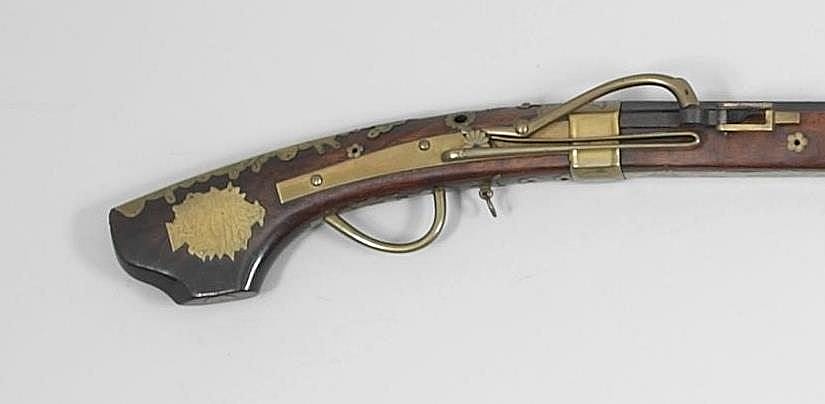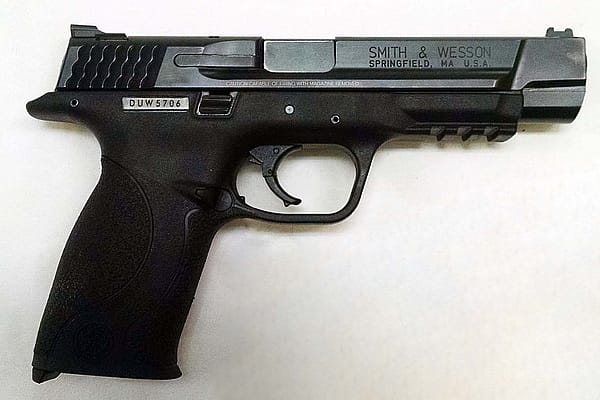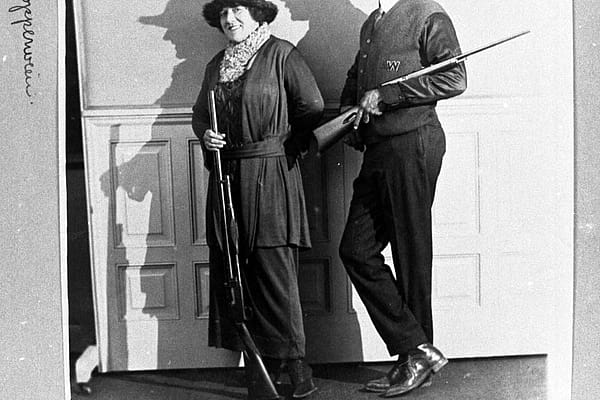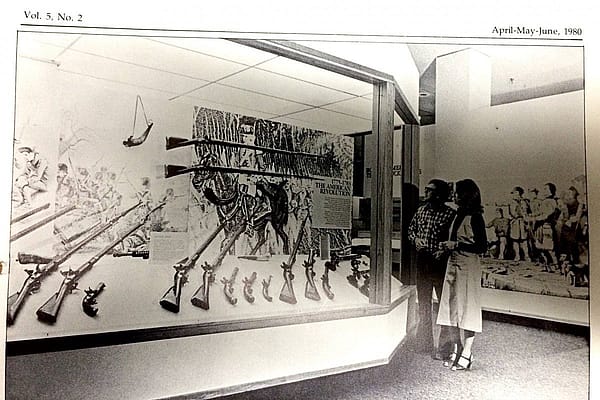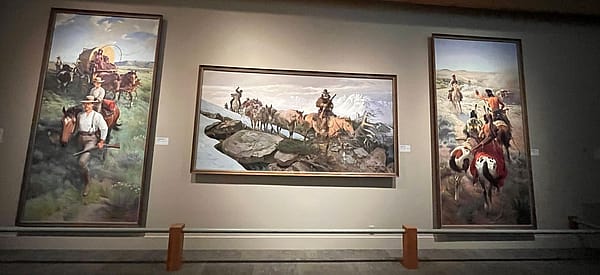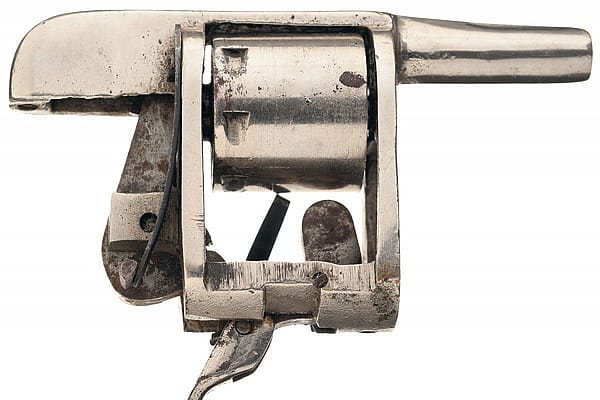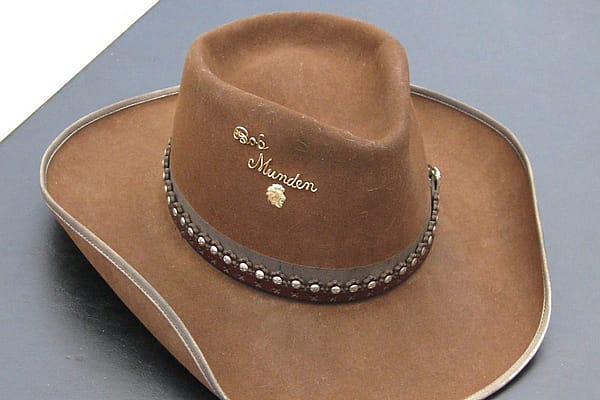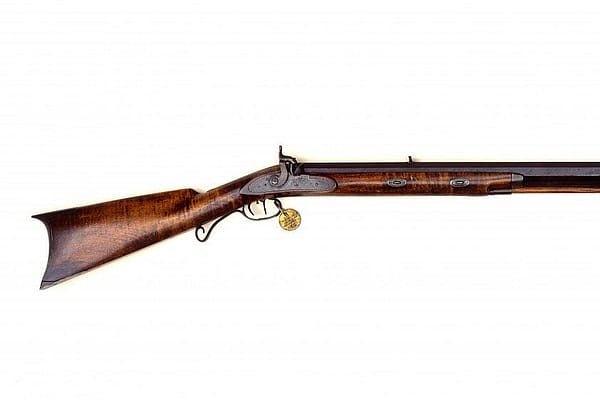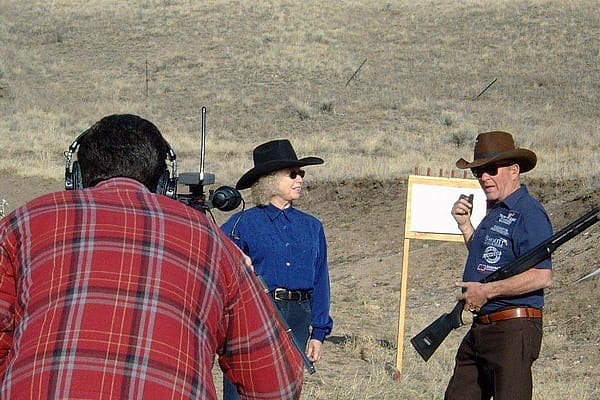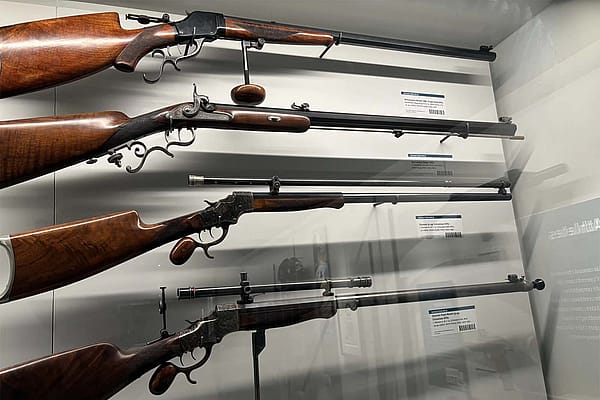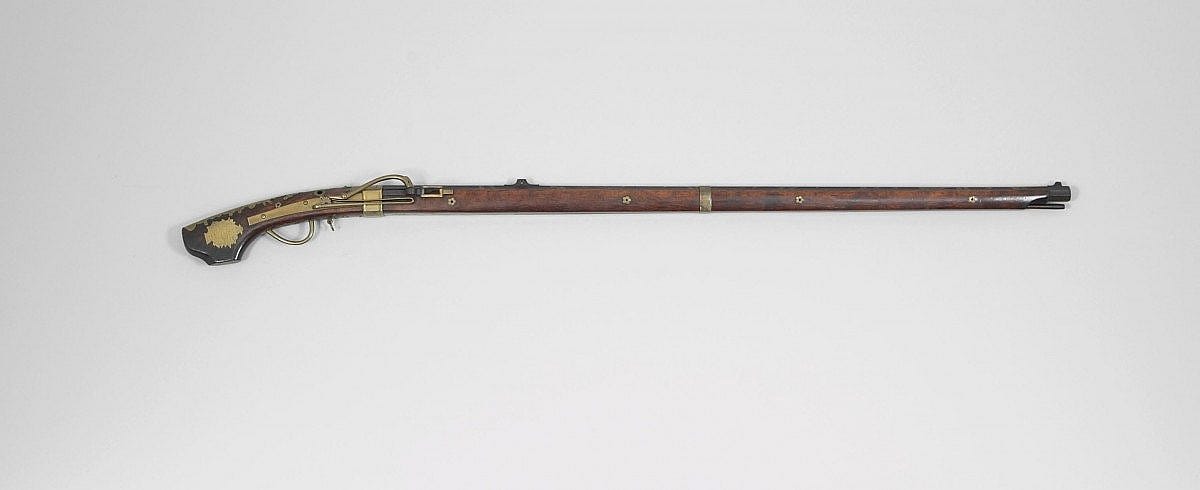
CSI: Firearms Museum Edition
CSI: Firearms Museum Edition
Sometimes, we have to be a bit of a detective in our jobs. It may not be as exciting as TV, but it is an intellectual exercise. When a gun has the model or manufacturer stamped on it, that’s great! But we are not always that lucky—especially with older firearms.
At a firearms museum, the process of identifying antique guns can be uniquely trying, especially if those guns are not from America or England. It is rare to have a staff member who knows all the alphabets from around the globe. Following are some of the steps that we go through, in no particular order, to identify some of our older firearms.
1. Identify action type
First identify the action type of the gun. If you’re familiar with the history of firearms, this can be easy. If not , it’s more difficult. The action type can give a sense of the time of production and potentially the area in which the firearm was made.
2. Identify gun marks
Identify any marks on the gun, specifically crests and proof marks. This can be difficult, even for seasoned firearms historians. Proof marks from around the world are voluminous. There are pamphlets and books dedicated solely to gun marks. In most cases, we sift through these book till we find it.
3. Identify/translate scripts
Isolate the text, which is usually on the lock-plate or the barrel. If the script is in a language with our alphabet, the translation is easier. But for regions that have their own alphabet, like Eastern Europe, Asia, the Middle East and Mediterranean, the translation becomes difficult. Usually we research different alphabets, and attempt to match them to the gun. Once we have a match, we send out an image of the text for translation.
4. Identify engravings/style
Take note of the type of engravings, the configuration of the firearm, and the inlaid materials in order to attempt to identify a specific region and in some lucky cases, a particular gunsmith. A lot of information on regional styles can be found both online and in books.
The aforementioned steps vary depending on the gun. All help inform relative identification. In some cases, you may not find the manufacturer or the exact date, but you can at least pinpoint general region, type of gun, and time frame.
It may not be the easiest part of our job, but we take pleasure in tracking down the provenance. It gives us an opportunity to learn about firearms that may not be in our area of expertise.
Written By
Ashley Hlebinsky
Ashley Hlebinsky was formerly the Robert W. Woodruff Curator of the Cody Firearms Museum. She worked between the Smithsonian’s National Firearms Collection and the Center in various capacities. She then joined the Center as a full-time staff member in July 2013, eventually serving as the Robert W. Woodruff Curator of the Cody Firearms Museum. She earned her Bachelor and Master of Arts in American History and Museum Studies from the University of Delaware. While earning her degrees, Ashley was a competitive ballroom dancer in New York City and has recently begun teaching dance in Cody when she’s not locked away in the gun vaults. She is now a private consultant.

